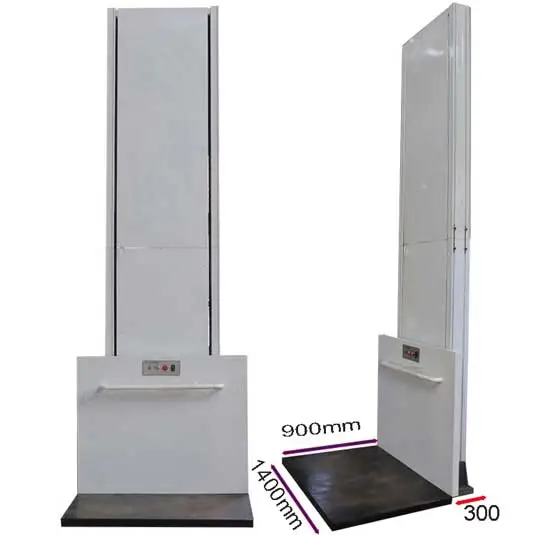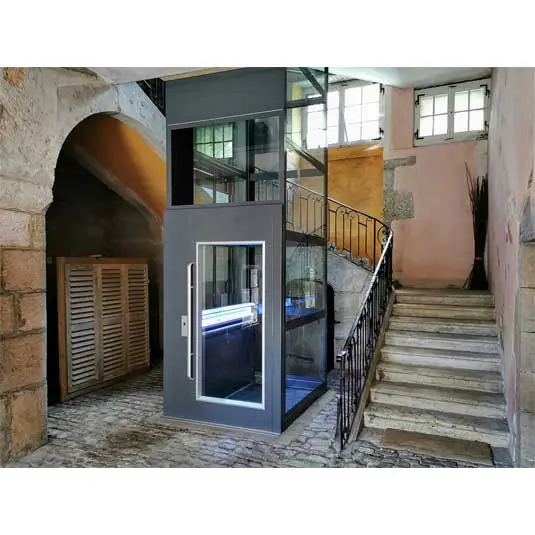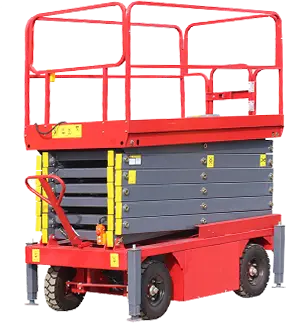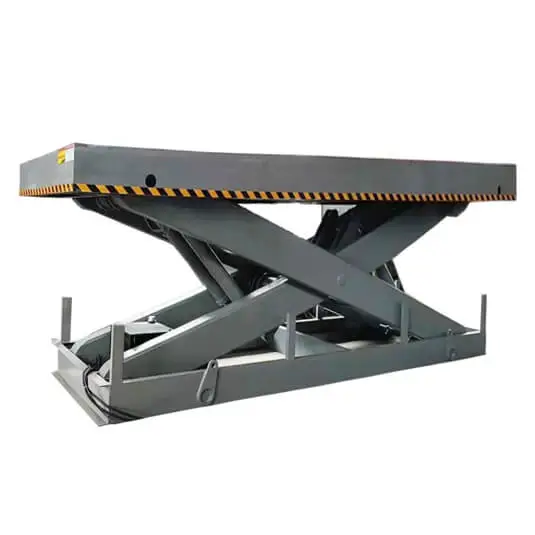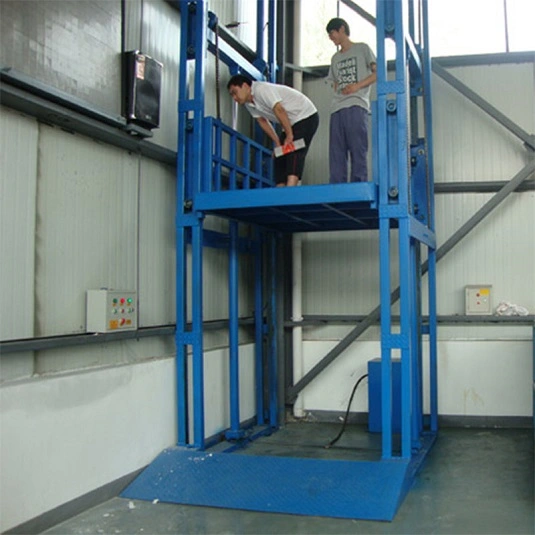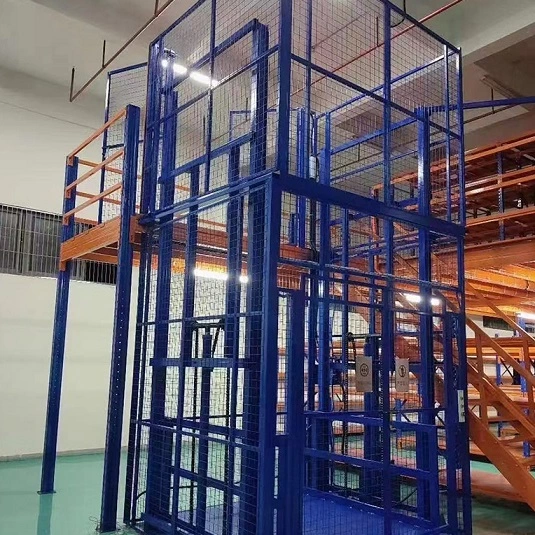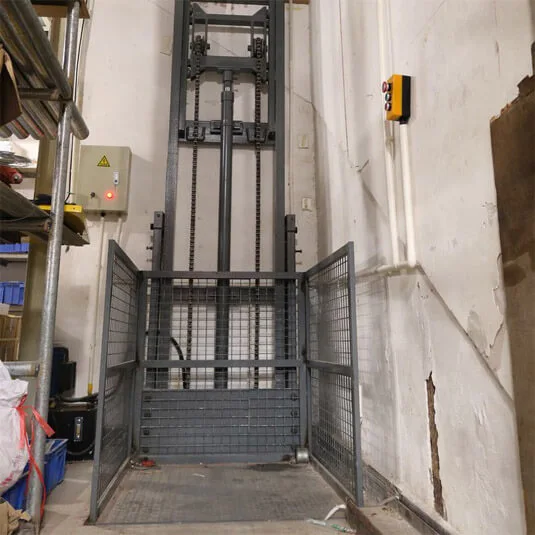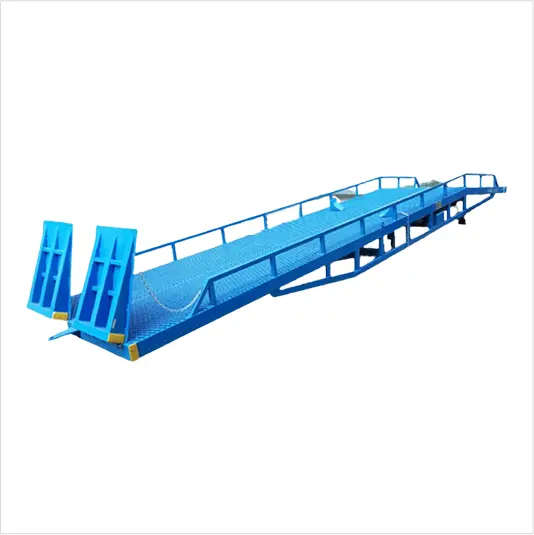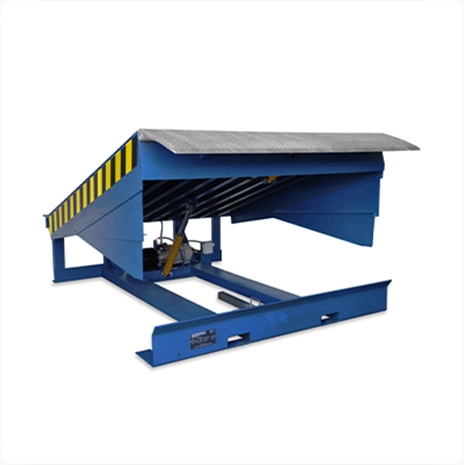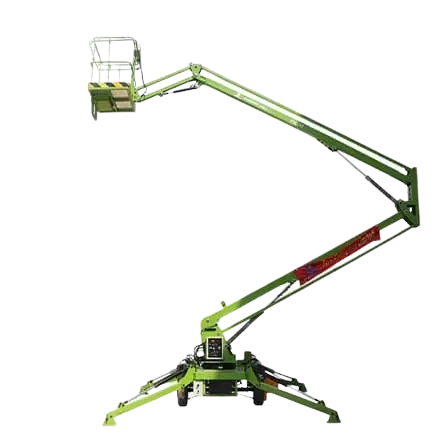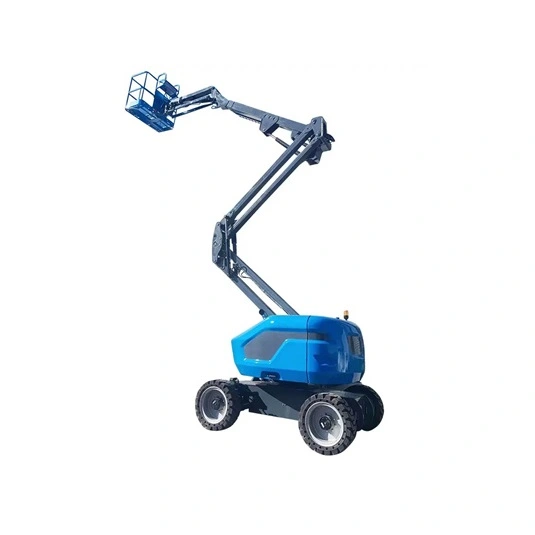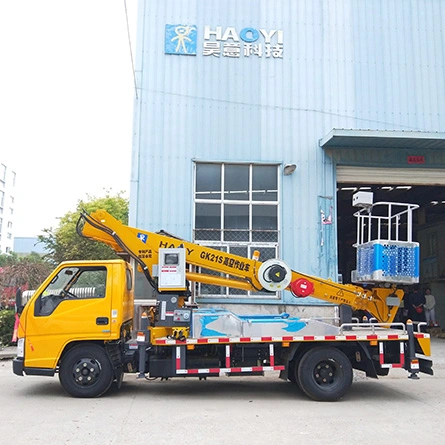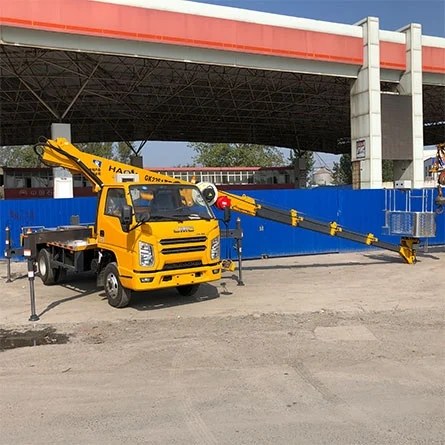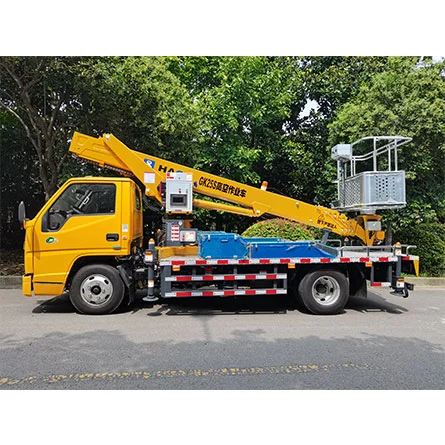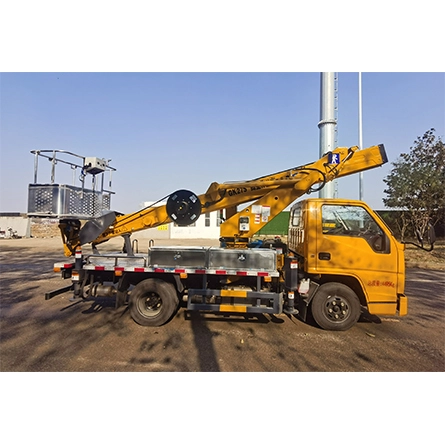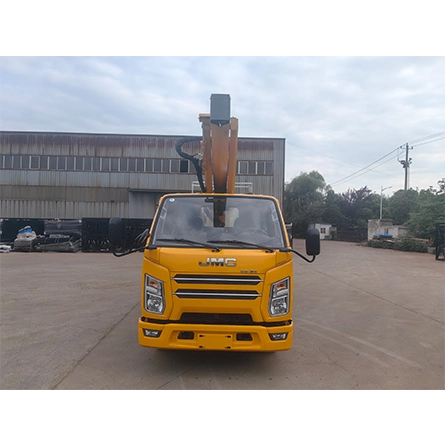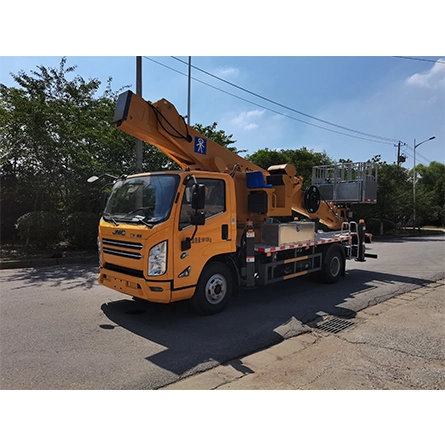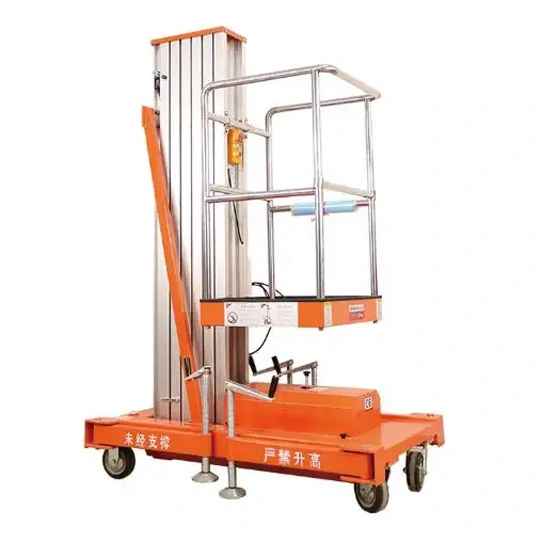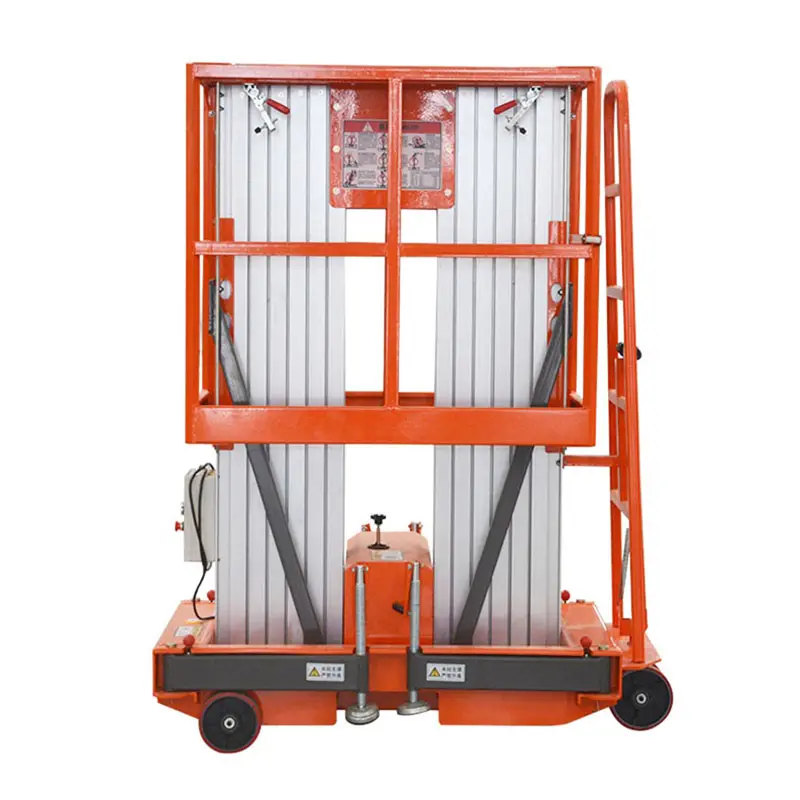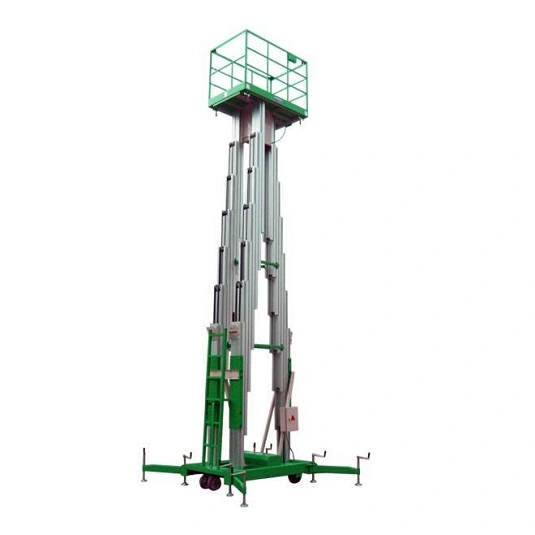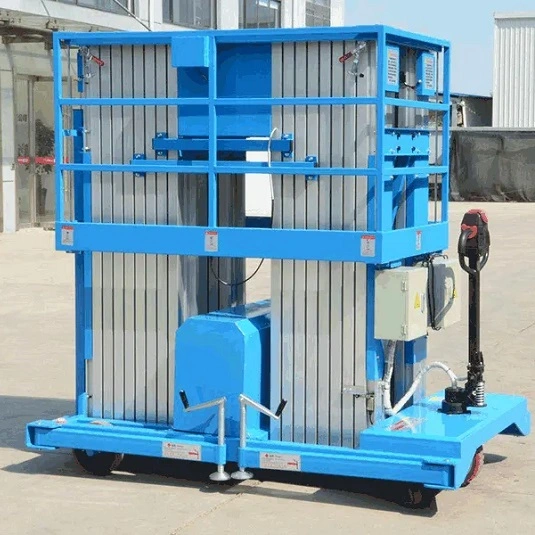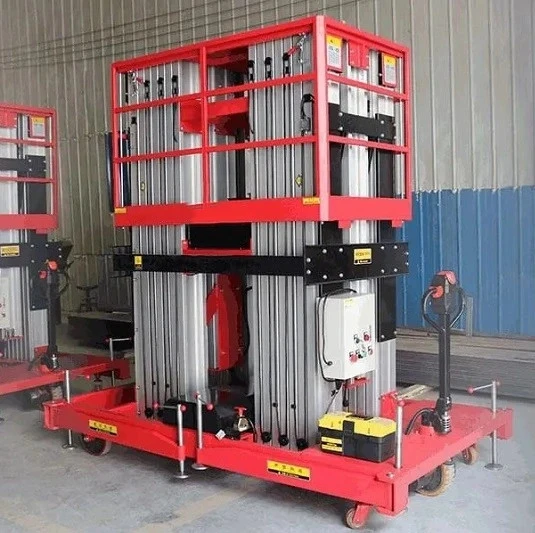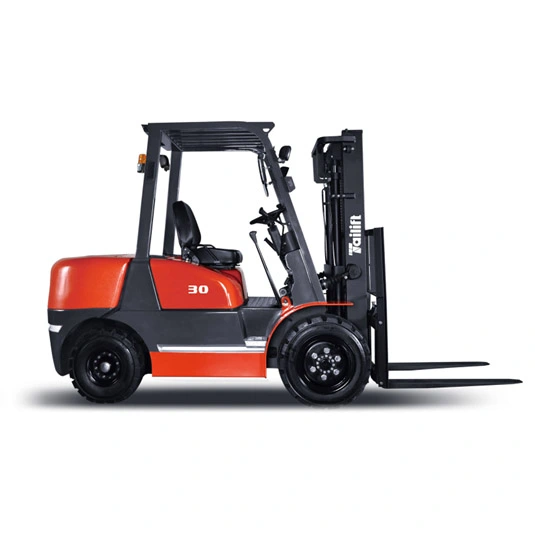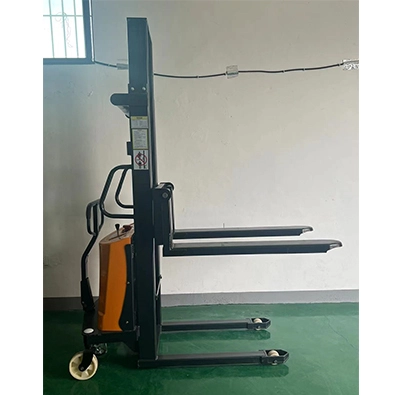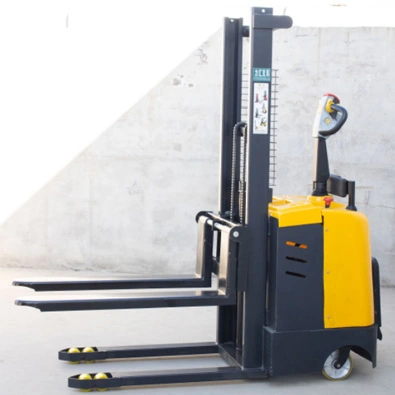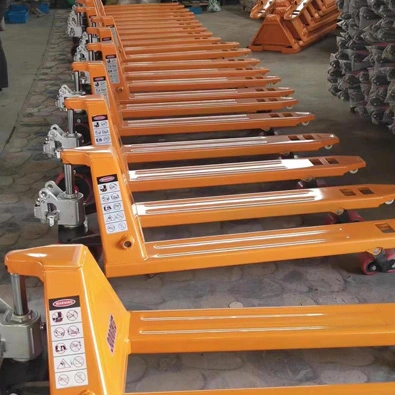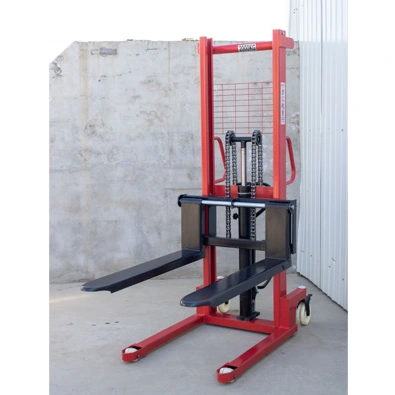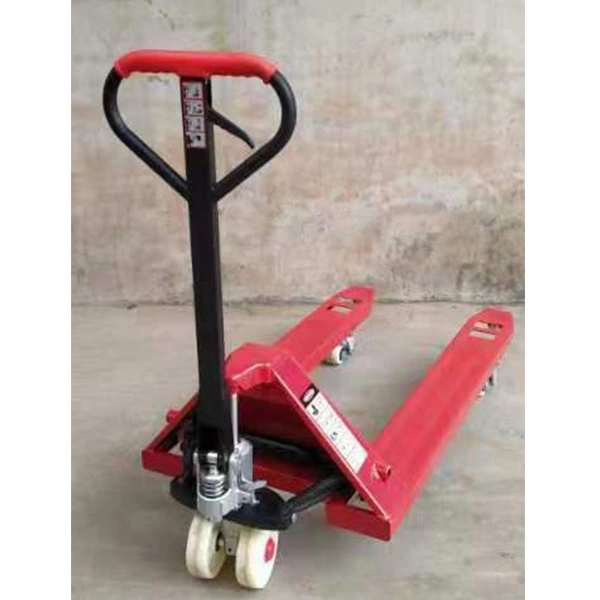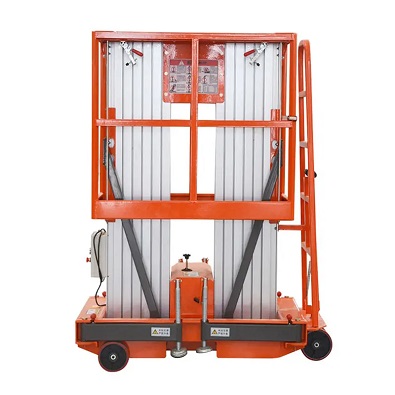Overview of Hydraulic Lift Working
The elevator is a kind of elevator equipment composed of traveling mechanism, hydraulic mechanism, electric control mechanism and supporting mechanism. The hydraulic oil is under a certain pressure formed by the vane pump, and enters the lower end of the hydraulic cylinder through the oil filter, explosion-proof electromagnetic reversing valve, throttle valve, hydraulic control check valve, and balance valve, so that the piston of the hydraulic cylinder moves upward to lift the weight. The oil returned from the upper end of the hydraulic cylinder returns to the oil tank through the explosion-proof electromagnetic reversing valve, and its rated pressure is adjusted through the overflow valve, and the reading value of the pressure gauge is observed through the pressure gauge.
Hot-Selling Styles of Hydraulic Lift
Self propelled electric scissor lift
Mobile vehicle scissor lift
Stationary Scissor Lift
Hydraulic Lift Working Principle
Hydraulic lifting platform products are divided into crank arm hydraulic lifts, hydraulic scissor lift for sale, mast hydraulic lifts, and straight arm hydraulic lifts according to their working methods. The hydraulic lift is a replacement product of the folding arm lift (lifting platform) and the scissor lift (lifting platform). It can be widely used in stations, docks, airports, hotels, post and telecommunications, municipal gardens, grain depots, cleaning companies, public building facade decoration, decoration or installation and maintenance of power systems, etc. The lift has the advantages of light weight, self-propelled, electric start, self-supporting legs, simple operation, large working area, especially the ability to cross obstacles for high-altitude operations and the like.
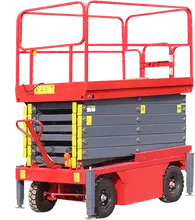
1. As cargo lift for sale, the hydraulic lifting platform can be divided into: four-wheel mobile type, two-wheel traction type, car modification type, battery car type, auxiliary self-propelled type, and the lifting height ranges from 4 meters to 18 meters. The load of this series of products is divided into 0.1 to 0.8 tons, and can also be customized according to user requirements. The maximum load can reach 10 tons.
2. The hydraulic lifting platform is widely used in plant maintenance of industrial and mining enterprises, municipal construction, and decoration of hotels and hotels, with reliable quality and perfect performance.
3. Users can choose the power mode and configuration according to their own scope of use:
①The power system includes: battery DC power supply, single-phase or three-phase power supply, diesel engine.
② Walking: assisted self-propelled, two-wheel traction, self-driving, and car modification.
③ Outriggers: mechanical outriggers, hydraulic outriggers, ordinary hand-operated outriggers, pull-out outriggers.
④Control system: explosion-proof electronic control system, remote control system, PIC control system,
⑤Hydraulic pump station: special pump station for domestic lifting platform, pump station imported from Italy
⑥ External protection device: organ cover type, mesh type, iron plate sealing type.
Purpose
Like industrial cargo lift, hydraulic lifts are widely used in various industrial enterprises and production lines such as automobiles, containers, mold manufacturing, wood processing, chemical filling, etc., to meet the lifting needs of different operating heights, and can be equipped with various table forms (such as balls, rollers, turntables, etc.) , steering, tilting, telescopic), with various control methods (split, linkage, explosion-proof), with the characteristics of stable and accurate lifting, frequent start, large load capacity, etc., effectively solve the difficulties of various lifting operations in industrial enterprises, so that production Work with ease.
Hydraulic Lift VS Pneumatic Lift
Hydraulic lifts and pneumatic lifts operate on fundamentally different principles. Hydraulic lifts use fluid pressure to raise and lower loads, relying on a pump to move oil through a cylinder. This hydraulic lift mechanism provides smooth and precise control, making hydraulic lifts highly efficient for heavy-duty applications. In contrast, pneumatic lifts use compressed air to generate movement, which can be less efficient due to the compressibility of air and potential energy losses. Hydraulic lifts, such as the double mast hydraulic goods lift, are ideal for industrial settings where heavy loads need to be moved with precision and stability. Pneumatic lifts, on the other hand, are often used in environments where cleanliness and safety are paramount, such as in food processing or pharmaceutical industries. The choice between hydraulic and pneumatic lifts depends largely on the specific requirements of the task, including load weight, precision, and environmental considerations.
The hydraulic lifting platform mainly realizes the function of lifting through the pressure transmission of hydraulic oil. Its scissor mechanical structure makes the lifting of the lift more stable. The wide operating platform and higher carrying capacity make the range of high-altitude operations Larger and suitable for multiple people to work at the same time. It makes aerial work more efficient and safer.
Related topics recommendations:
lightweight articulating boom lift
electric hydraulic scissor lift
Articulating boom lift definition

